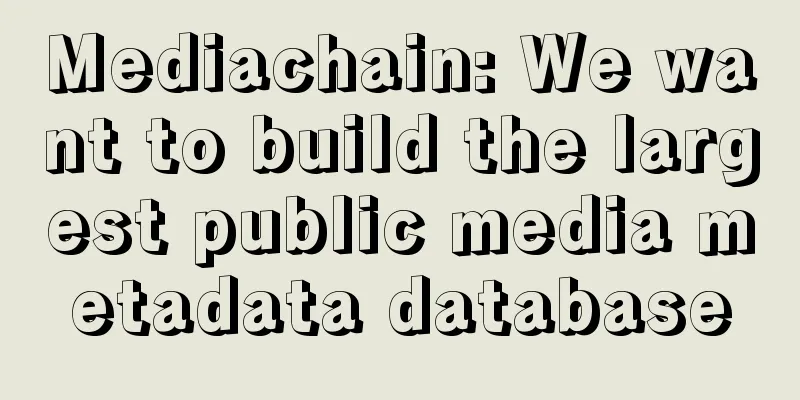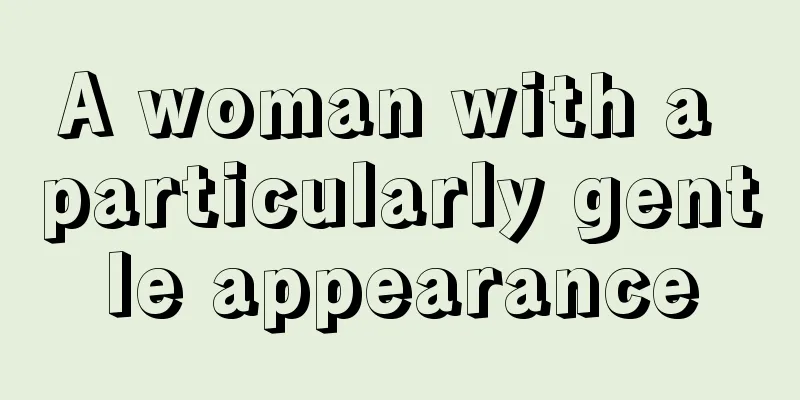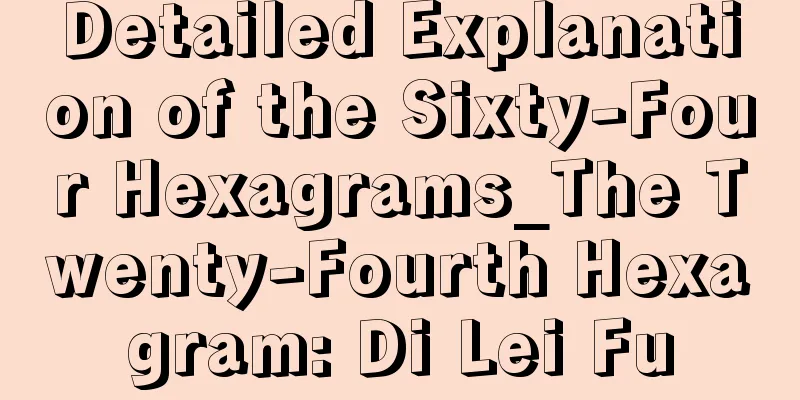Mediachain: We want to build the largest public media metadata database

|
We live in an era where copyright awareness is very weak. Internet infringement is the most serious, including songs, pictures and movies, where infringement is particularly serious. With the development of the Internet, online information spreads very quickly, and copyright information is often forgotten. In many cases, simply deleting infringing information is of no help at all. To solve this problem, Mediachain Labs co-founder Denis Nazarov worked with developers to create a protocol that aims to design a unified file sharing format and data format for decentralized apps. Nazarov said:
Mediachain is an open source distributed metadata protocol that aims to allow all participants to share images and information in a decentralized system, according to Jesse Walden, another co-founder of Mediachain Labs. Nazarov said:
Users of this protocol (websites, platforms, apps, etc.) can save the trouble of storing data such as ownership, and can also choose to store other types of data, such as emails and Bitcoin addresses. The Mediachain protocol also provides a reverse query function for authors, making it easier for readers to tip authors with Bitcoin, while also providing an opportunity for email exchanges between the two parties. Nazarov said:
There are some centralized platforms that have similar goals to the Mediachain protocol, but they only follow a first-come, first-served basis. Mediachain developer Arkadiy Kukarkin said:
Mediachain solves this problem through a special "sensor". When a work is submitted, its global media library will carefully review it. This "sensor" can recognize whether the uploaded work has undergone various special processing such as cropping and editing. Walden said:
Mediachain's online upload function is free. Mediachain users can also set up automatic uploads. Mediachain developers have already created metadata records for more than 2 million original images. The Museum of Modern Art, Getty Images (provides creative images and stock footage), the Digital Public Library of America, and Europeana are all users of Mediachain, proving that the protocol can handle a considerable amount of capacity. Nazarov said:
The metadata of the Mediachain protocol is too long for the blockchain, so all data is stored in the InterPlanetary File System (IPFS). IPFS is a software concept similar to a relational database or BitTorrent, which is an open file storage and addressing system. Nazarov said:
Mediachain is decentralized and has no central authority to control it. Mediachain Labs only acts as a regulator for this protocol. This month, Mediachain Labs raised $1.5 million in investment from investors including SecondMarket founder Barry Silbert, venture capital firm Andreessen Horowitz, Union Square Ventures (USE) and RRE Venture. These investors also participated in the investment in the decentralized commodity trading market Openbazaar. Nazarov said:
After the development phase of the protocol is completed, Mediachain Labs plans to establish cooperation with the most popular social media platforms such as Facebook and Twitter. The profit model of the Mediachain team has not yet been announced, as investors want them to focus on completing the development work without distractions. Arkadiy Kukarkin, a developer at Mediachain Labs, said:
|
<<: Ripple and Expertus Launch Blockchain Pilot for Banks to Improve Liquidity Management
>>: What does it take to go from blockchain to DAO?
Recommend
What do the peach blossom moles on the five fingers represent?
Many people have moles on their fingers. Some mol...
How to know a person's marital status through palmistry
1. Palmistry with a marriage line In palmistry, i...
What to do when Chengtoutu encounters a husband-killing phase? How to resolve the husband-killing phase
Some people, if they have certain characteristics...
Mole location and destiny-what does a mole on the forehead mean
People with moles on their foreheads are not in g...
Is Blast a speculative opportunity or a sure win?
Have you been seeing a lot of bullish tweets abou...
Emer Group launches its own blockchain development platform
Rage Review : Emer Group has released an Emer dev...
Second marriage! Is it good for a man to have parallel marriage lines?
Is it good for a man to have parallel marriage li...
Mole on shoulder
Mole on shoulder Mole on shoulder Moles on the sh...
Outlier founder: Don’t rush to define the cold winter market, it is not as bad as 2018
Last week, multiple sectors of the crypto industr...
Ethereum is ready to take over the market
Author | Hashipi Analysis Team...
How to read the career line in palmistry
Which is the career line in palmistry and how to ...
How does the direction of hair parting reflect a person’s personality?
In physiognomy, a person’s appearance can reveal ...
How does a man with a bulbous nose benefit his fortune?
There are often several ways to interpret a perso...
What is blockchain? 59% of consumers still don’t know anything about it
A recent survey shows that most ordinary consumer...
Will a man with high cheekbones be unlucky in marriage?
Will a man with high cheekbones be unlucky in mar...









